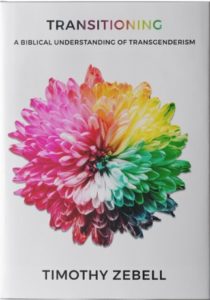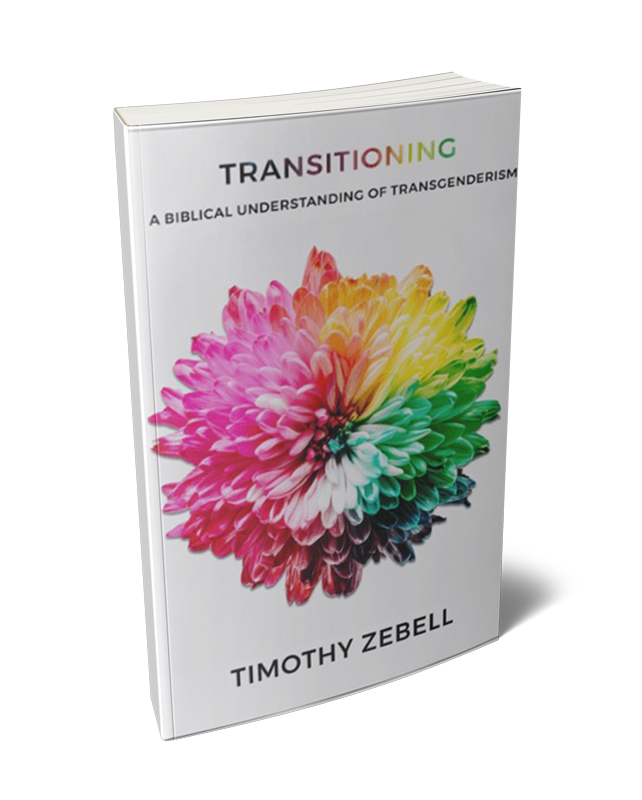The notion that both gender and biological sex are social constructions traces its origins to the feminist movement. In an article for the Population Research Institute, Babette Francis explains:
Liberal feminists of the ’60s, or what Christina Hoff Sommers, author of Who Stole Feminism, refers to as “equity feminists,” believed that women should have as much freedom and opportunity as men and that discriminatory laws should be eliminated. However, within a decade, liberal feminism was overtaken by the far more radical “gender feminism,” which, building on Marxist ideology, requires the elimination not only of economic classes but of sex classes, i.e. the division of humans into male and female.
Hence the substitution of the word “gender” for sex. “Gender” is primarily a grammatical term, which may be determined by a distinguishing characteristic, i.e. sex, but gender can also be arbitrary like the gender of some nouns in Spanish and French — “table” in Spanish is feminine (la mesa), in French it is masculine (le table). This malleable view of gender and the expansion from two sexes to five genders was most clearly expressed in the writings of Marta Llama at the Regional Conference and Non-Government Organisations Forum (prelude to the U.N.’s 1995 Beijing Conference on Women) in Argentina, in September 1994. According to Llama:
Biology shows that outwardly human beings can be divided into two sexes; nevertheless, there are more combinations that result from the five physiological areas which … determine what is called the biological sex of a person: genes, hormones, gonads, internal reproductive organs and external reproductive organs .… a quick but somewhat insufficient classification of these combinations obliges us to recognize at least five biological sexes .… our dichotomy man/woman, more than a biological reality, is a symbolic and cultural reality.
According to Llama man/woman, masculine/feminine are merely cultural constructions, and thinking that heterosexuality is the “natural” sexuality is only another “example of a ‘biological’ social construction.” At the U.N. World Conference on Women in 1995, feminists claimed that the sexuality of multiple genders found expression as heterosexual, homosexual, bisexual, asexual, hermaphrodite, transvestite and transgendered, the latter group being further sub-divided into those who were awaiting surgery, those who had surgery, and those who had surgery but now wished to revert back to their original condition.
The views of Llama and other gender feminists has dominated the United Nations agencies for the past decade, requiring the U.N. and member States to “mainstream the gender perspective” in all documents and Plans of Action. According to a booklet published by the UN International Research & Training Institute for the Advancement of Women:
To adopt a gender perspective is .… to distinguish between what is natural and biological and what is socially and culturally constructed, and in the process to re-negotiate the boundaries between the natural — and hence relatively inflexible — and the social — and hence relatively transformable.[1]
This radical re-orientation of sex has been aggressively promoted by governments around the world for decades. For example, Caroline Moser notes:
In 1997 the UN adopted gender mainstreaming as the approach to be used in all policies and programmes in the UN system, while governments and civil society organisations [sic] across the world sought to implement the PfA [Beijing Platform for Action] by developing gender mainstreaming policies, strategies and methodologies.[2]
Indeed, there has been little toleration for countries who do not conform to this perspective of gender. Founder of Endeavour Forum Babette Francis recounts that during the 2000 Beijing+5 United Nations Women’s Conference:
We discovered that the policy was not so much the promotion of a unisex society as the promotion of multiple genders: they were lobbying for five genders: male, female, asexual, transsexual, and hermaphrodite. The situation reached high drama at a session of the Commission on the Status of Women when the development agencies of the Scandinavian countries threatened to withhold development money from Nicaragua unless the Nicaraguan government sacked the head of its delegation, Max Padilla, from his then-Cabinet post as Minister for the Family.
His offense, ongoing from the 1999 International Conference on Population and Development in New York, was to refuse to accept the European Union definition of “gender” as an arbitrary social construct which could include several “genders.” He insisted that “gender” be defined in its common meaning of two sexes, male and female. The hapless Mr. Padilla was duly recalled.[3]
Incredibly, even the notion of there being five genders now appears radically confining. Instead, our society has opted to embrace an ever-expanding gender continuum. Even Marta Llama’s notion that there are five genders appears to be radically confining to today’s society.
In 2014 Facebook users were given the opportunity to select one of 50 gender options when creating their profile.[4] A few months later, Facebook worked with United Kingdom activist groups Press for Change and Gendered Intelligence to add 21 additional gender options to this list.[5]
With the removal of objective standards for determining gender, anyone is now capable of creating a new gender label based solely upon their personal feelings and preferences at the time. This is why, by January of 2016, users of the popular microblog Tumblr had self-identified 325 distinct genders.[6] However, there is a growing body of scientific literature affirming both a gender binary and universal distinctions between men and women.
This article comes from Transitioning: A Biblical Understanding of Transgenderism.

Download your free copy here.
Free Downloads
Share...
1. Babette, Francis. “The Deconstruction of Gender.” PRI Review 12, no. 3 (May/June, 2002). Accessed May 9, 2016. https://www.pop.org/content/deconstruction-gender.
2. Moser, Caroline. “Gender Planning and Development: Revisiting, Deconstructing and Reflecting,” 16. Development Planning Unit Working Paper Series: Reflections, No. 165/60. Accessed May 9, 2016. https://www.bartlett.ucl.ac.uk/dpu/latest/publications/dpu-reflections/WP165.pdf.
3. Eagle Forum. “The Deconstruction of Gender.” September 13, 2015 speech. Accessed May 9, 2016. http://www.eagleforum.org/publications/educate/dec15/the-deconstruction-of-gender.html.
4. Sparks, Matthew. “Facebook Sex Changes: Which One of 50 Genders Are You?” Technology. Telegraph, February 14, 2014, 10:07 a.m., GMT. Accessed May 10, 2016. http://www.telegraph.co.uk/technology/facebook/10637968/Facebook-sex-changes-which-one-of-50-genders-are-you.html.
5. Williams, Rhiannon. “Facebook’s 71 Gender Options Come to UK Users.” Technology. Telegraph, June 27, 2014, 2:41 p.m., BST. Accessed May 10, 2016. http://www.telegraph.co.uk/technology/facebook/10930654/Facebooks-71-gender-options-come-to-UK-users.html.
6. STSAdmin. “Complete List of Tumblr Genders (SO FAR).” Tumblr, January 24, 2016. Accessed May 10, 2016. http://ageofshitlords.com/list-of-all-tumblr-genders-so-far.
Unless otherwise noted, all Scripture quotations are taken from The Holy Bible, English Standard Version, copyright ©2001 by Crossway Bibles, a publishing ministry of Good News Publishers. Used by permission. All rights reserved.









